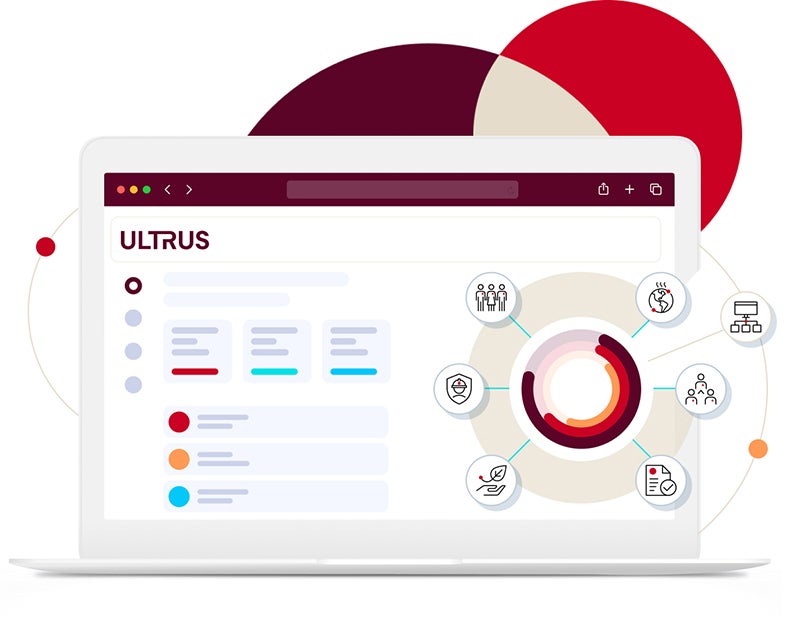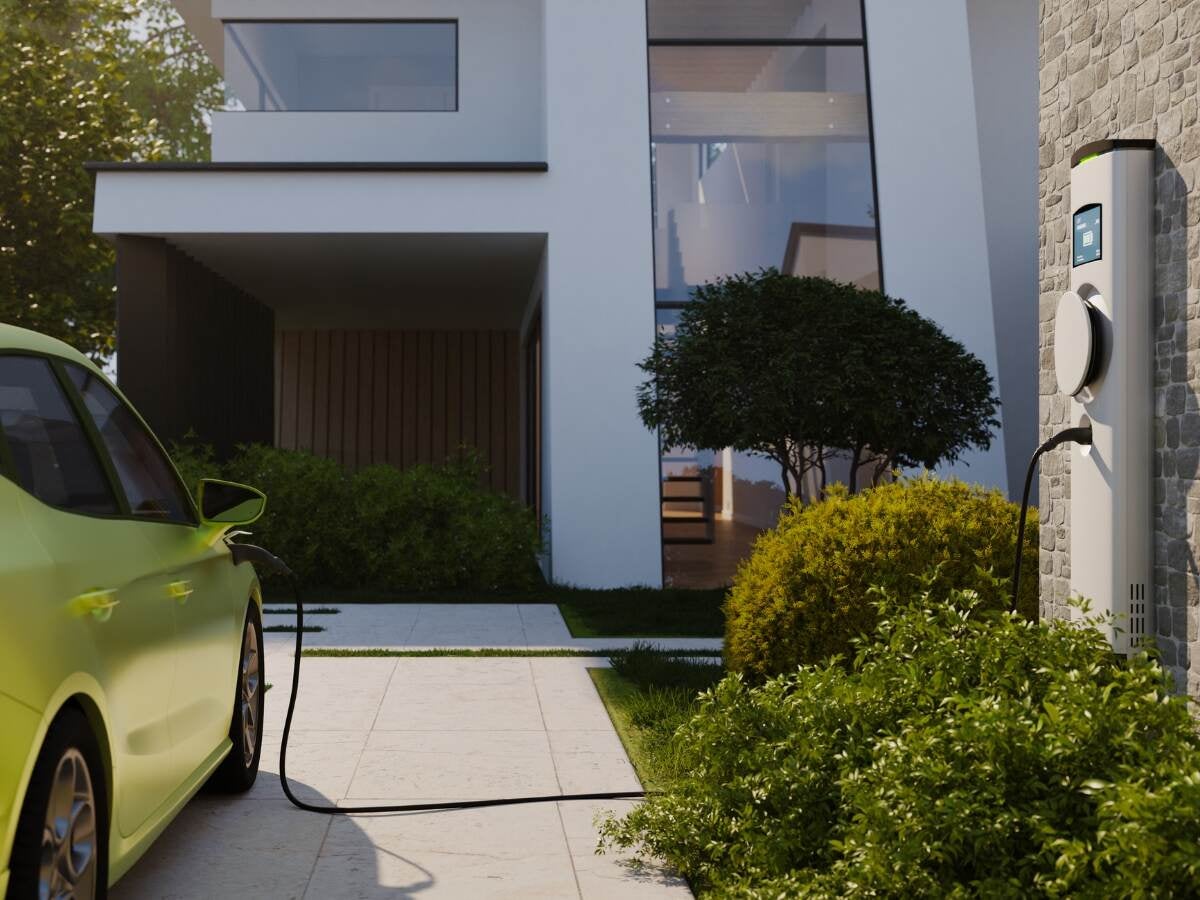By Joe Bablo, Manager, Principal Engineering at UL Solutions — Energy and Industrial Automation
Electric vehicles (EVs) are accelerating the global shift to cleaner mobility. With EV sales reaching record highs, climbing 25% in 2024 alone,1 their growing presence on the road opens new possibilities beyond transportation. Emerging technologies like bidirectional charging, allow EV batteries to serve as flexible energy assets. These systems can support grid stability, provide backup power during outages, and introduce new revenue streams for EV owners and fleet operators alike. In fact, the total battery capacity of EVs already on the road now surpasses that of all stationary battery energy storage systems (BESS) deployed on power grids or in buildings. If this mobile storage could safely and reliably discharge power back into the grid or other systems, it could help reduce greenhouse gas emissions, enhance grid resilience and deliver value across the energy ecosystem — from drivers and automakers to utilities and grid operators.
Bidirectional charging isn’t a new concept. The idea of exporting power from electric vehicles, or EV power export (EVPE), has been studied since at least 2005.2 This broader term encompasses all modes of energy discharge from an EV, whether to the grid (V2G), to a building (V2B) or to standalone systems (V2L). In 2013, the Nissan Leaf became the first EV sold in the United States capable of bidirectional charging. Yet more than a decade later, real-world use of EVPE remains limited. With so much potential, why hasn’t it scaled more quickly?
What’s holding back bidirectional charging?
While adoption has been slow, EV power export (EVPE) applications, particularly vehicle-to-grid (V2G), are gaining traction, especially among fleet operators. These organizations benefit from centralized vehicle management, potential cost savings and, in some cases, government support. . In the U.S., states like California and New York are actively advancing school bus electrification with V2G integration. California’s Cajon Valley Union School District, for example, plans to transition to a fully electric, V2G-enabled fleet by 2027,3 aligning with Assembly Bill 579, which mandates that all new school bus purchases be zero-emission by 2035.4
In New York, the state budget passed in 2022 requires all new school bus purchases to be zero-emission by 2027, with a full transition of district fleets by 2035. Supporting these goals, initiatives like New York City’s pilot of four solar-assisted, V2G-enabled electric buses, backed by $9 million in utility investment, are already underway.5,6
For manufacturers, EVs mark a shift to “software-defined” vehicles, which is a major departure from conventional internal combustion engine (ICE) models. Key considerations like system interoperability, cybersecurity and battery health must be accounted for from the outset. These become more intricate when bidirectional charging is involved. Enabling EVPE requires seamless coordination between vehicles, chargers and the broader electrical infrastructure, much of which was not originally designed or rated for two-way power flow.
Several key challenges inhibit widespread adoption of EVPE technologies:
- Interoperability – EVPE requires seamless coordination between vehicles, devices, chargers and infrastructure that may be built and operated by different manufacturers or governed by varying regional regulationss, leading to compatibility issues. This lack of standardized protocols complicates integration and can drive up costs for developers and operators.
- Cybersecurity – As connectivity between EVs, charging stations and the grid increases, so do potential vulnerabilities. A successful cyberattack could compromise individual vehicles, disrupt charging networks or even disrupt regions of the grid. Robust, proactive security measures are critical to protect both physical systems and public trust.
- Battery performance – Bidirectional charging introduces more frequent charge/discharge cycles, prompting concerns about battery degradation, range loss and shortened lifespan. These effects raise liability questions: if grid operators or utilities control energy flow and damage a battery, who is responsible for repair or replacement? Without clear policies, vehicle owners, particularly fleet managers, may be reluctant to participate.
- Compensation models. Today’s energy markets typically charge consumers for drawing power but lack mechanisms to fairly compensate them for supplying it. For EVPE to scale, owners need transparent, standardized compensation for the energy they export, especially when it's used to stabilize the grid or offset peak demand.
Strategies to proactively tackle these roadblocks
Managing these challenges can be daunting, even for large global organizations. Addressing cyberthreats, interoperability gaps and performance concerns requires rigorous testing, assessment, inspection and certification to standards that keep pace with technological innovation and changing regulations. Just as critical is cross-industry collaboration: automakers, utilities, regulators and technology providers must work together to align on requirements and accelerate innovation. Streamlined software development for EV charging and energy management systems will also be essential to scaling EV power export reliably and securely.
Building trust through testing, inspection and certification
Safety is non-negotiable. Testing, inspection and certification help manufacturers, original equipment manufacturers (OEMs) and charging operators demonstrate compliance requirements with evolving standard and requirements. Such processes also bolster market trust and inform product development plans.
Key standards relevant to bidirectional charging and EVPE include:
- IEEE 1547 (2018) and IEEE 1547.1 (2020) – Addresses interconnection of distributed energy resources with the grid.
- UL 1741, the Standard for Inverters, Converters, Controllers and Interconnection System Equipment for Use with Distributed Energy Resources; primary safety standard for certifying inverters, converters and interconnection systems equipment. Also serves as the certification standard for grid interconnection and grid support performance via reference to IEEE 1547/1547.1
- UL 9741/CSA 348, the Standard for Electric Vehicle Power Export Equipment (EVPE); primary safety standard for offboard V2X/EVPE. Also requires evaluation to UL 1741 grid interconnection/support requirements for EVPE, which are capable of grid export.
- SAE J3072 – Interconnection Requirements for Onboard, Utility-Interactive Inverter Systems; typically implemented via self-certification used with UL 1741 Supplement C (SC) evaluated interconnection systems equipment (ISE) for V2G-AC systems.
- ISO/IEC 15118 – Governs the V2G communication interface, enabling bidirectional energy transfer.
- ISO/SAE 21434 – Establishes cybersecurity guidelines for automotive products and organizations, increasingly relevant as V2G functionality expands.
While self-certification remains common in auto manufacturing, third-party safety assessments by recognized service providers can help advance higher-quality products, bolster consumer and regulatory confidence, and ultimately spur greater V2G adoption.
Industrywide collaboration for better interoperability and standardization
EV and EV charging equipment OEMs, utilities, grid operators, regulatory bodies, standards organizations and end users each play a role in enhancing EVPE. Adopting open standards, such as the Open Charge Point Protocol (OCPP), fosters interoperability among diverse systems.7
- ISO 15118/IEC 15118 – A jointly developed standard for V2G communication, specifying features like smart charging, authentication and bidirectional power flow.
- GreenPHY (HomePlug) – A communication protocol in Combined Charging System (CCS) connectors enabling intelligent data exchange between EVs and charging stations; many automakers are also adopting the North American Charging Standard (NACS) for similar functions.
Harmonized, globally recognized standards can help reduce development and certification costs, facilitate smoother market entry, and accelerate technological deployment. At the same time, collaborative pilot programs such as school bus fleet trials serve as proving grounds for new technologies These efforts help identify technical hurdles, regulatory gaps and practical integration challenges, ultimately paving the way for more efficient and widespread adoption of EV power export solutions.
Safety-focused services and software
While many EV manufacturers conduct in-house safety checks, third-party testing and assessments can help streamline compliance and enhance product integrity. For emerging technologies like V2G, independent validation is not just a means of meeting regulatory requirements; it is key for building consumer confidence in thier safety and security. Drivers also need assurance that these interactions don’t compromise the performance or lifespan of their vehicles.
At UL Solutions, safety testing, assessment and validation services are complemented by purpose-built software that can support customers across every stage of the product life cycle — from early design and development to deployment and beyond.
Because EVs are reliant on advanced software, integrating a strong software strategy early in development can help manufacturers and OEMs automate documentation, map critical processes, and simplify audits or inspections. Such measures can help prevent costly redesigns or extended testing cycles in the future.
Transformative services for a transforming industry
The energy transition is not driven by innovation alone; it runs on trust. As bidirectional charging technologies are still largely untapped, scaling their adoption will require a coordinated effort across the ecosystem. Manufacturers, OEMs, regulators and end users must work together build and sustain confidence in the safety, reliability and long-term value of EVPE.
As V2G gains traction, new challenges and opportunities are sure to surface. By proactively addressing key issues of interoperability, cybersecurity, battery performance and consumer protection, and by leveraging evolving testing and certification frameworks — stakeholders can help speed progress. Doing so will not only support grid resilience and decarbonization goals but also help create new business models and revenue possibilities across the clean energy economy.
Get connected with our sales team
Thanks for your interest in our products and services. Let's collect some information so we can connect you with the right person.



